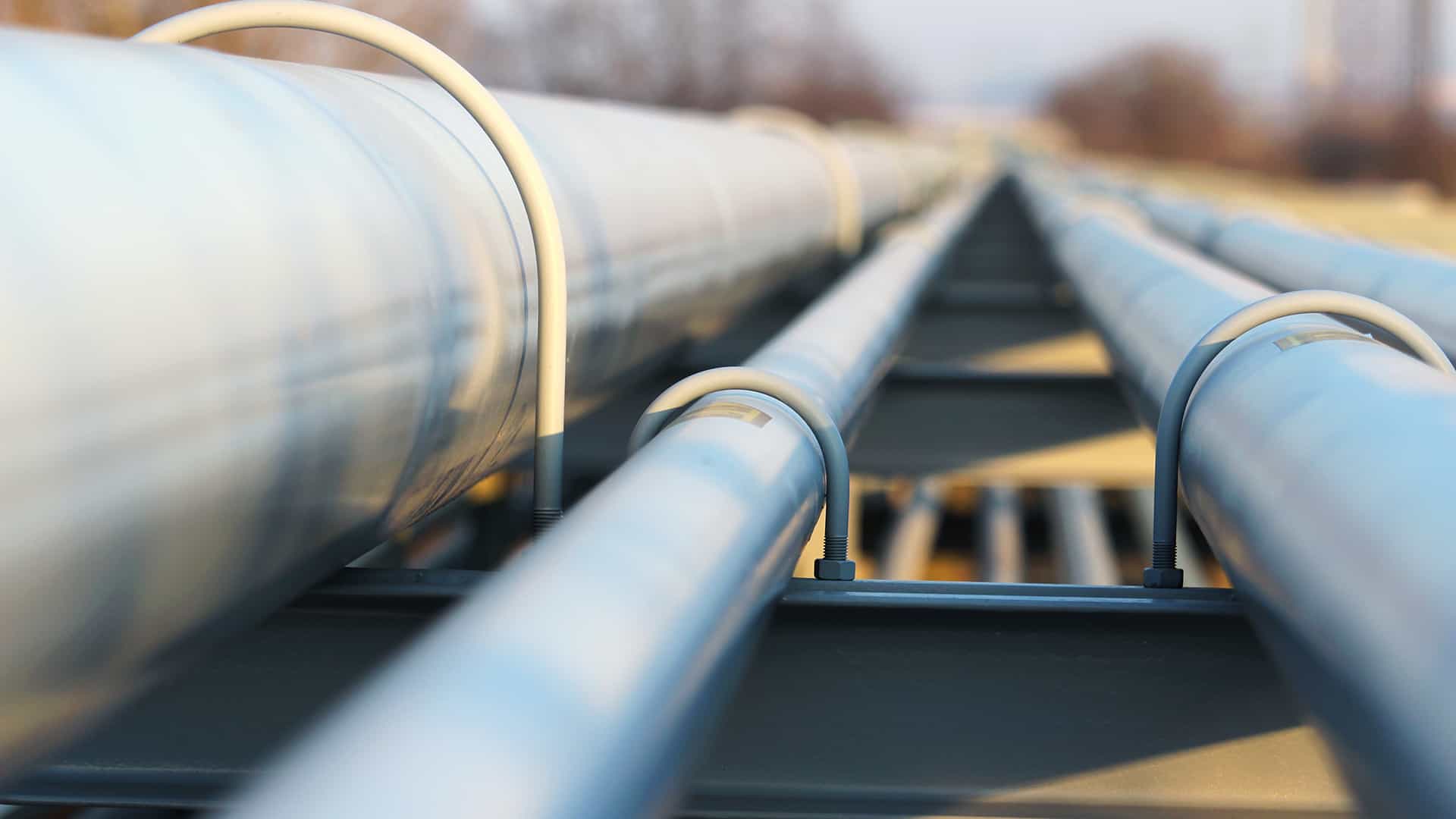
Companies that in the past shelved projects due to the burdens of the New Source Review (NSR) permitting program may dust off those plans now that the Environmental Protection Agency (EPA) has issued new guidance adopting a common-sense interpretation of the NSR regulations. Spurred by President Trump’s priority for streamlining regulatory permitting requirements and EPA Administrator Scott Pruitt’s view that there are opportunities to streamline the NSR process, the EPA has clarified an important part of the NSR regulations in an effort to lessen the regulatory burdens on industry without sacrificing environmental safeguards.
A March 13, 2018 guidance memorandum issued by Administrator Pruitt announced this change in interpretation of the NSR regulations, which were created under the 1970 Clean Air Act to require major sources of air pollutants–refineries, industrial boilers and power plants, for example–to install modern pollution control equipment when constructing new facilities or performing major modifications of existing facilities that increase emissions significantly. A company planning such a project is required to obtain a permit under the NSR program prior to construction, thus the program’s alias– “preconstruction air permitting program.”
While the overall goal of the program was the protection and improvement of air quality, the EPA’s interpretation of the NSR regulations placed a burden on projects by forcing companies to look only at a project’s increases in emissions while not allowing them to take into account decreases in emissions associated with the same project.
The net result of this interpretation, the EPA now believes, was a decrease in the number of plant modernization and expansion projects in the US.
“The memo outlines a common-sense interpretation of NSR rules that will remove unnecessary administrative barriers to the construction of cleaner and more efficient facilities,” said EPA Office of Air and Radiation Assistant Administrator Bill Wehrum. “This is an important step toward achieving better outcomes based on real-world impacts.”
Major NSR permitting is required when federally regulated pollutants meet or exceed specific significant emission rates. If a project produces pollutants below the significant emission rates, it is not subject to review under EPA’s major NSR permitting programs. This determination is made during the NSR program’s two-step process–the second step is not triggered unless it is determined that a project itself will exceed significant emission rates.
Prior to the EPA’s March 13 clarification, a project could not take into account emission decreases during Step 1–only increases were considered. For example, an electric generating facility that proposed to replace two natural gas boilers (decrease in emissions) with two combined cycle gas turbines (increase in emissions) would likely trigger the second step because the removal of the natural gas boilers could not be considered in Step 1.
Step 2, generally referred to as “netting” or “contemporaneous netting,” also takes into consideration any emission increases from recent projects at the plant, despite the fact that they are not related to the project under current review. If Step 2 reveals that one or more federally regulated pollutants will exceed significant emission rates, then the company must go through the major NSR permitting process before constructing the project.
With clarifications made in the March 13 memorandum, companies can now include projected decreases in emissions, as well as projected emissions increases, during Step 1 – potentially never triggering Step 2, never having to include unrelated projects in the netting exercise, and never triggering the major NSR permitting process. It could mean the difference between “go” or “no-go” for a vital plant modernization project.
The team at EDGE has the expertise and experience needed to help you move through the evolving NSR permitting process. We are here to answer your questions, and to make recommendations about implementing best practices so that your projects move forward efficiently and achieve positive economic and environmental results.
Look for us on LinkedIn with #FurtherInsight for more industry related articles.
